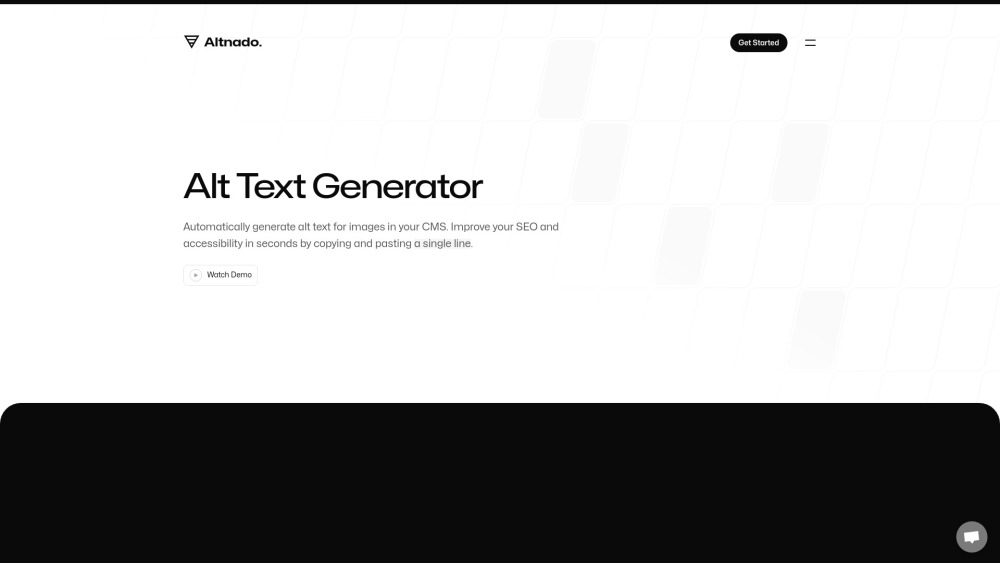4D Gaussian Splatting for Real-Time Dynamic Scene Rendering
Product Information
Key Features of 4D Gaussian Splatting for Real-Time Dynamic Scene Rendering
4D-GS combines 3D Gaussians and 4D neural voxels, using a decomposed neural voxel encoding algorithm and a lightweight MLP to predict Gaussian deformations at novel timestamps, enabling real-time rendering of dynamic scenes.
Decomposed Neural Voxel Encoding
Efficiently builds Gaussian features from 4D neural voxels, enabling fast rendering of dynamic scenes.
Lightweight MLP
Predicts Gaussian deformations at novel timestamps, allowing for real-time rendering of complex motions.
Real-Time Rendering
Enables fast and accurate rendering of dynamic scenes at high image resolutions.
High Training and Storage Efficiency
Maintains high training and storage efficiency, making it suitable for applications requiring fast and accurate rendering.
Comparable or Better Quality
Achieves comparable or better quality than previous state-of-the-art methods, with real-time rendering at high image resolutions.
Use Cases of 4D Gaussian Splatting for Real-Time Dynamic Scene Rendering
Real-time rendering of dynamic scenes for applications such as video games, simulations, and virtual reality.
Fast and accurate rendering of complex motions for applications such as physics-based simulations and animation.
High-quality rendering of dynamic scenes for applications such as film and video production.
Pros and Cons of 4D Gaussian Splatting for Real-Time Dynamic Scene Rendering
Pros
- Enables real-time rendering of dynamic scenes while maintaining high training and storage efficiency.
- Achieves comparable or better quality than previous state-of-the-art methods.
- Suitable for applications requiring fast and accurate rendering.
Cons
- May require significant computational resources for training and rendering.
- May require large amounts of data for training and validation.
- May not be suitable for applications requiring extremely high rendering quality.
How to Use 4D Gaussian Splatting for Real-Time Dynamic Scene Rendering
- 1
Train the 4D-GS model using a dataset of dynamic scenes.
- 2
Use the trained model to render dynamic scenes in real-time.
- 3
Adjust the model parameters to achieve the desired level of rendering quality and efficiency.







